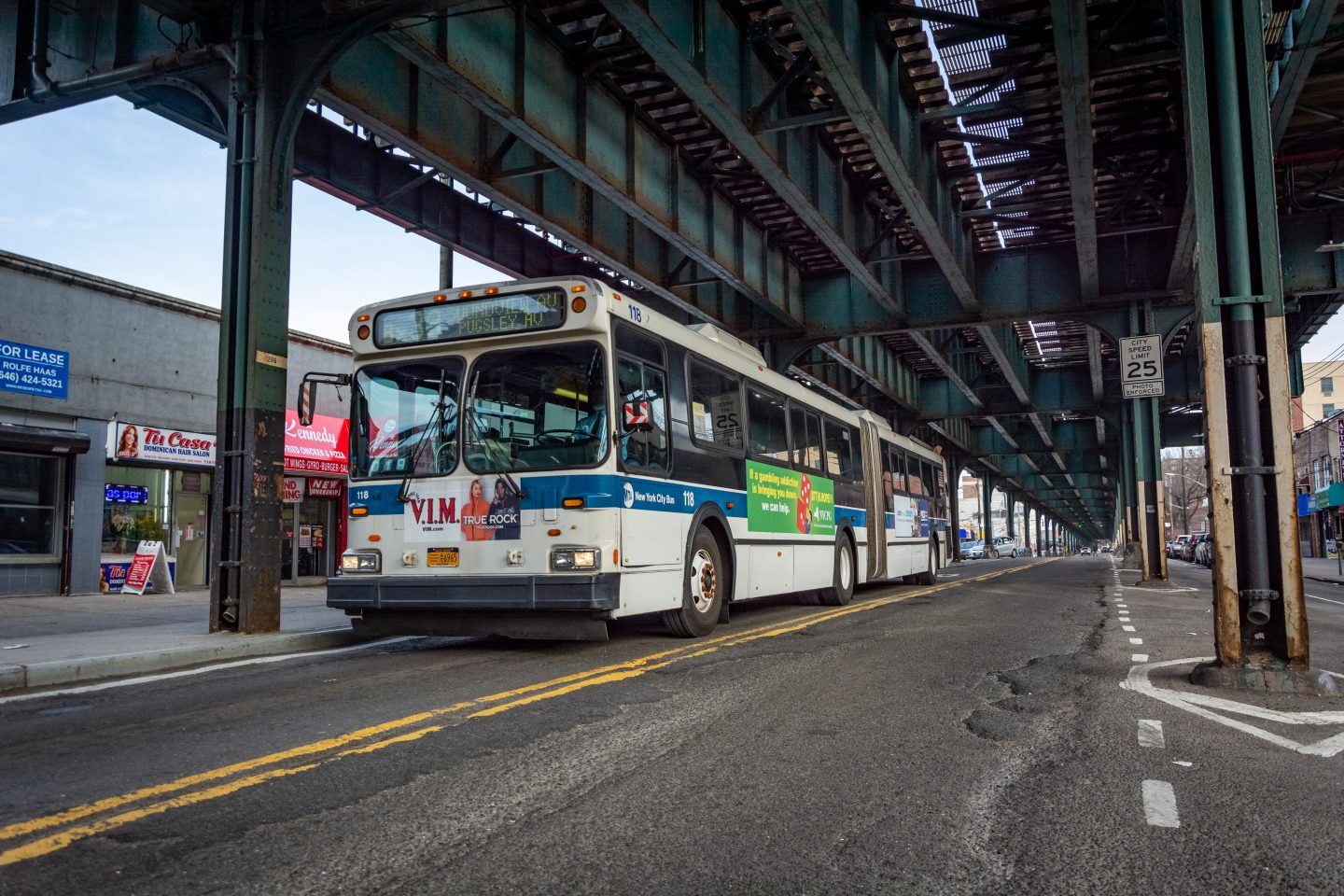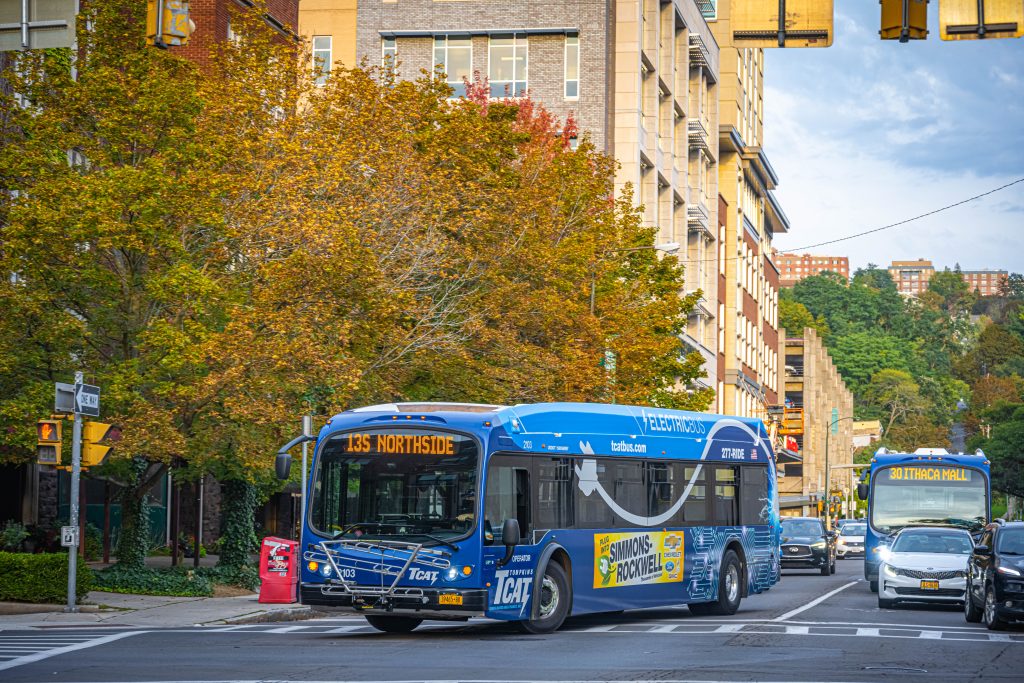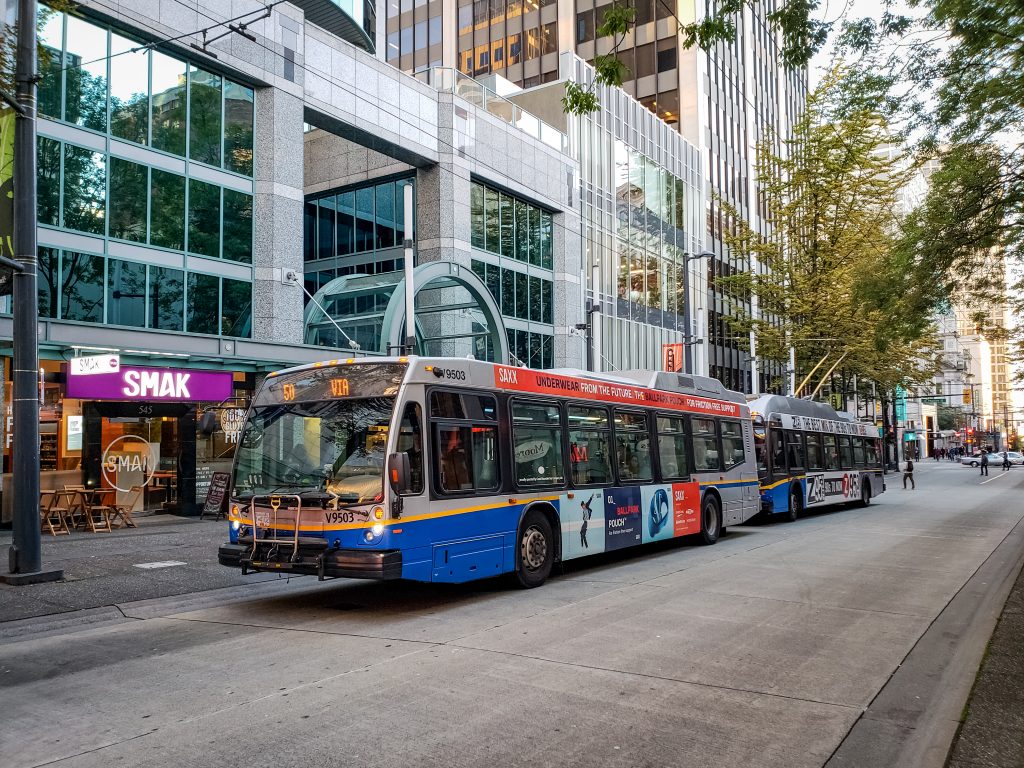Ad’ing it all up!
The bus wrap has been professionally applied, the press release is out, and now it’s in service full of passengers! So, what’s next? Advertisements are often the natural next step! But a common concern arises…what happens when those vinyl transit advertising wraps are installed on top of that beautiful livery? It’s the number one question we get from customers protecting their investment, especially those wrapping their buses for the first time. Not to worry! We’ve got you covered. We’ve narrowed down the 7 best ways to preserve your transit authority wraps while getting the most out of your advertisements.
RULE 1 – Overlaminate your wrap!
A successful livery wrap begins with the materials it’s made from. If a customer places advertisements over a livery wrap, we always plan a film laminate instead of a clear coat or liquid laminate. This rule also goes for pigmented films. Film laminate creates a barrier that the others cannot, providing the needed protection.
RULE 2 – Know your warranty!
There are several warranty options for printed livery wraps and advertising films. The livery material manufacturer typically will have a warranty for the printed livery if you use a compatible advertising material. Check the product bulletin of your livery wrap material to see which advertising film will not affect the warranty.
RULE 3 – Take care of that livery wrap!
Before installing transit advertising wraps on top of a livery wrap, the livery wrap must be in good condition. That means no scrapes, lifted edges, or bubbling. If ads are installed over a livery wrap in poor condition, the wrap will be damaged when the ad is removed.
RULE 4 – Oversize or undersize those edges!
Typically, advertisements are placed under windows and aligned with the top edge of the livery wrap. While it may result in a cleaner look, there must either be an overlap of ½” or a gap of ½” from the edge of the livery wrap. This prevents the edge from lifting on the livery when the ads are removed.
RULE 5 – Discuss Common Installation Issues Up Front!
Without knowledge of previous rules, transit authorities risk damaging the livery wrap and the bus or vehicle itself. The most common ad wrap installation issues come from poor trimming or cutting, which we train transit authorities to prevent. This is the consequence of the installer trimming too deep, over-trimming, or having a knife slip. Discuss these common issues with installers to learn how they plan to protect the vehicle or livery from damage.
RULE 6 – Remove ads before installing new ones!
We know it’s tempting for transit authorities to stack transit advertising wraps or banners over one another. It makes sense to try and save money and time but this doesn’t apply to a high-quality livery design. Stacking the ads will collect debris and cause stress to the edges of the livery wrap. Remove ads before installing new ones to prevent the livery wrap from failing.
RULE 7 – Remove the ads as recommended.
Each advertisement or removable vinyl film will have specific instructions on removal based on the film being used. Including timing for when they should be removed. Typical removal is within 30-90 days, while some can last up to a year! Closely following the directions will prevent the surface from being damaged, allowing the film to come off cleanly without leaving residue behind.
The bottom line is advertisements should never scare you away from fully wrapping your vehicle. While accidents happen, many can be prevented by following the 7 rules we’ve shared!
Have further questions? Reach out!
Has your bus or vehicle ever been damaged by advertising wraps? Let us know in the comments!



